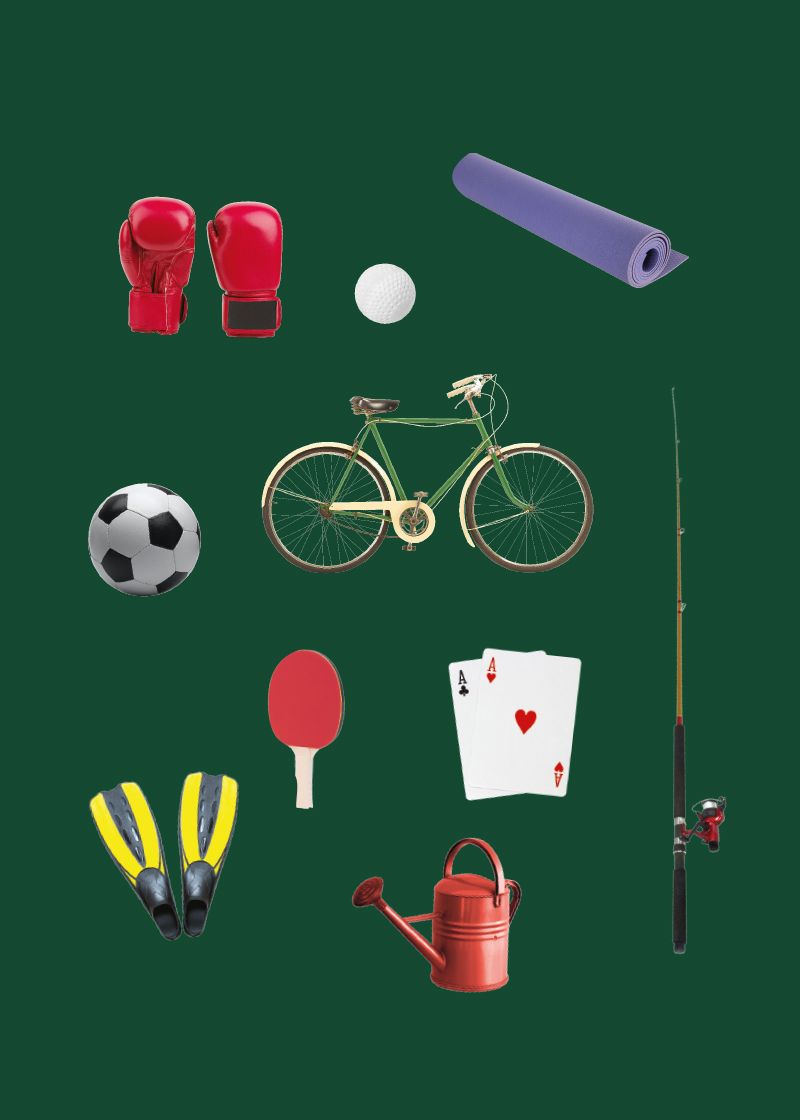
The F Word
Want to reduce chronic pain, unblock emotions or reshape your body? The answers, writes Sherine Youssef, could lie in your fascia, a secret (and largely overlooked) sensory organ that remembers every human experience from the womb to the grave
Have you ever wondered, when you swallow a feeling, where that feeling goes? Or when your mind represses a memory, where it gets locked away? That time you snapped your collarbone doing cartwheels in the backyard, where did that pain go? Because it doesn’t just disappear into the ether; it all has to go somewhere – right? It does, and that ‘somewhere’ is the fascia, arguably one of the human body’s most under-studied and utterly fascinating systems.
Consider the following: fascia is a body-spanning matrix of thin, strong-yet-flexible connective tissue sheets that start forming as early as week two of embryo gestation. It’s comprised of collagen and elastin (the tissue) and hyaluronic acid (the liquid between each sheet), and there are four layers that wrap around every single organ, bone, muscle, joint, blood vessel and nerve fibre, holding everything in place while allowing them to slip and slide against each other. It’s been estimated that adult fascia has more than 250 million nerve endings, which, compared to the skin’s 200 million, would make the fascial network our richest sensory receptor, and the reason many are lobbying for it to be named as an official organ.
The existence of fascia has been known for centuries. Dr Andrew Taylor Still, who founded osteopathy in the late 1800s, said “the soul of man … seems to dwell in the fascia of his body”. But it’s only recently that science has started to unpack the extent of its role. “We now know it’s the site of biological activity, sending and receiving information, sound, vibration, energy and nutrients,” explains Lauren Roxburgh, a wellness educator and body alignment expert, and unofficial president of the fascia fan club. She is quick to point out that it’s the Western world playing catch up – traditional Chinese medicine has been working on fascia via acupuncture for thousands of years.
But a confluence of factors have brought fascia to the forefront. There’s our inescapable wellness and self-care culture, obviously, as well as an increased understanding of inflammation and its effects on the body. We’re learning more about fascia’s role in how we sense the body’s location, pain and internal signals, which together form our ‘sixth sense’ of feeling. And as we look for holistic reasons behind pain, we’re understanding how a seemingly inconsequential childhood injury, like that cartwheel-collarbone fiasco, may be linked to the tight neck that’s now giving you grief as an adult; your fascia healed your injury, but never fully recovered itself.
The thinking now is that in addition to being the body’s packing wrap, fascia also plays the part of the body’s camera. It records and stores every single stressful or traumatic experience, from the minor, like being stuck in traffic, to the major, like a physical injury.
“Fascia plays the part of the body's camera.”
In these high-pressure situations, the brain and sympathetic nervous system ignore everything not directly related to its survival and the body goes into fight or flight mode. The experience gets stored in both our subconscious and, as the theory goes, our fascia. It is essentially “freezing and seizing up an energetic vibrational frequency in the tissue”, explains Roxburgh.
The consequence is that our once smooth, slippery and stretchy fascia becomes stiff and develops adhesions. The hyaluronic acid dries up and the layers can become stuck together, resulting in inflexible and shortened fascia, as well as organs, muscles and joints that can no longer glide against each other. This unhealthy fascia means the body now has limited mobility and is riddled with knots that, if left untreated, can lead to disorders including post-exercise soreness, inflammation and chronic pain (the fascia in those with chronic lower back pain was found to be 20 per cent stiffer than those with no pain in this area).
That traffic scenario? You might grip the steering wheel or squeeze your arm into your ribcage and, if you don’t straighten out fascia post-traffic jam, “your tissues will freeze into that posture and the body will build its armour around that. Your body is shaped by the way you exist in your environment,” says Roxburgh. Spend hours curled over your phone and the fascia in your shoulders and neck will mimic this posture.
Unravelling fascia is a lifelong process for every one of us, because even if you haven’t experienced a physical injury or don’t suffer from a chronically sore lower back (lucky you), you still exist in the world, and that comes with inescapable daily mental and emotional stressors. The good news is that fascia healing is accessible, and you can start right now.
Unravelling fascia is a lifelong process for every one of us
Foam rolling is Roxburgh’s top recommendation for smoothing away any adhesions and thickness. Stretching is good, but the proper kind, from the toes to the scalp and out to the fingertips. Yoga, breath work, bouncing, skipping, traditional Chinese medicine practices, infrared saunas and spending time outdoors can all help, too. As can fascia-friendly foods and nutrients, such as bone broth, chia seeds, olive oil, avocado, proteins with amino acids (think fish), and magnesium. Adequate hydration is also essential to keeping fascia lubricated.
Other treatments include professional massages, such as myofascial release and Rolfing (also known as structural integration). Pioneered by Ida Rolf, this method combines physical therapy with energy alignment, aiming to pull emotions and energy up from the subconscious to the conscious, in order to release them. When Roxburgh is “pulling up the fascia carpet” with a client, “I’ll feel a hardness or thickness, then I’ll intuit there’s some sort of injury, heartbreak, grief or sadness. I might mention it, or they might mention it first, or the energy might come out in a somatic way like a cough, moan or tears, to move it up and then out. But you can’t move it out without the awareness,” she explains. “I’m not healing the person; I’m creating the space, flow and openness, and the person is healing themselves.”

Running her own race
Miah Madden is a young actor who's looking at the big picture and, as Courtney Thompson learns, is already wise beyond her years

So, what are your hobbies?
Finding pleasure in leisure. By Maeve Galea

Sam I am
Vikings: Valhalla star Sam Corlett returns home to Australia and talks life, art and the weirdness of fame with Courtney Thompson

Back to her roots
Mel Jarnson has lived all over the world, but as Noni Reginato discovers, her latest role – face of the new Aje summer campaign – hits close to home